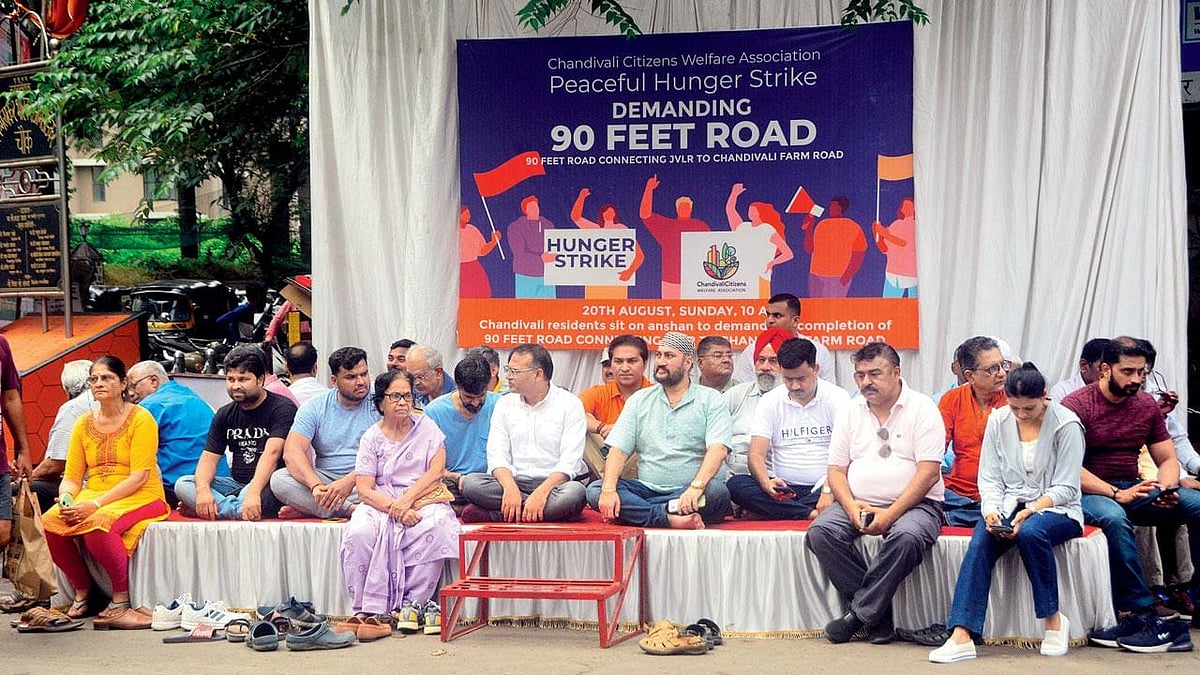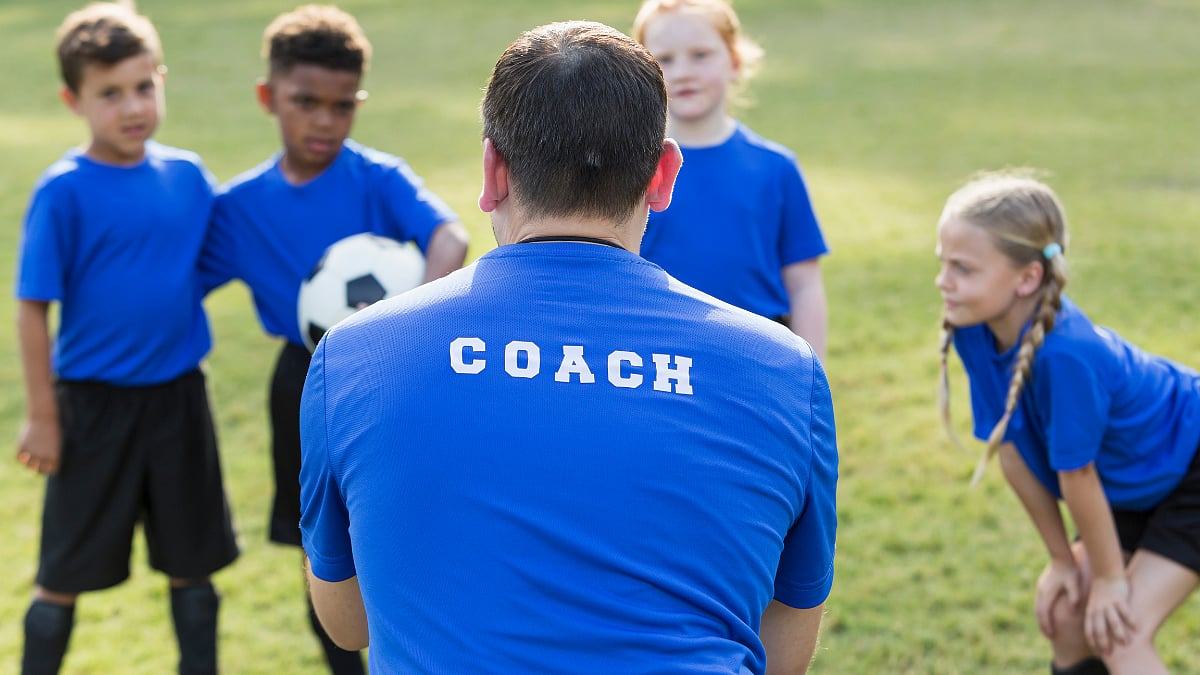Roughly 1.1 million runners complete marathon each year. In the light of the growing popularity of this sport, it is vital to know that marathon running is more than a physical feat. It demands a holistic approach which includes nutrition and yogic techniques for fitness, mental preparation, and rest.
Nutrition for marathon runners

Yeko Photo Studio
Good nutrition is essential for runners to enhance endurance and support recovery.
Bananas: Potassium in bananas aids in nerve signals and muscle contractions, vital components for enduring any rigours.
Beans: An excellent source of plant-based protein, beans contribute to muscle repair and recovery.
Rice: It is easy on the digestive system and contributes to better nutrient absorption and reduces the risk of gastrointestinal discomfort during the marathon.
Avocado: Avocado contributes healthy fats crucial for sustained energy and cardiovascular health.
Almonds: Almonds are rich in nutrients that support endurance and provide sustained energy release.
Yogurt: Rich in protein, yogurt aids in post-run muscle repair.
Raisins: Raisins offer a quick source of simple sugars to replenish glycogen stores.
Water: Staying well-hydrated supports thermoregulation, cardiovascular function, and nutrient transport.
Foods to avoid: Spicy and high-fat foods can lead to gastrointestinal distress. Excessive fibre may cause gas and cramping.
Mental preparation
The essence of a marathon lies predominantly in mental fortitude rather than physical prowess. It requires a resilient mindset to stay focused on our objectives. The following techniques can enhance your mental strength.
Nispanda Bhava: Nispanda Bhava brings mental tranquility required in preparing for a marathon.
Sit on a mat leaning against a wall.
Keep your feet apart and outstretched.
Keep hands on your thighs with your palms facing upwards.
Close your eyes and passively observe the passing sounds as they come and fade away.
Try to follow a sound, that is constant, rhythmic, and faint.
Avoid being judgmental or letting any sound affect you.
Keep this position and state of mind for five to 15 minutes.
Body balance with Yoga asanas

Yoga enhances flexibility, strength, and mental focus. These factors help marathon runners improve performance and prevent injuries.
Ekpadasana: This one-legged pose improves balance and stability, essential for navigating uneven terrain during a marathon. It engages core muscles, improving overall body co-ordination.
Stand tall with your feet together, arms by your sides.
Slowly shift your weight onto your left foot while lifting your right foot off the ground with your hands. Bend your right knee and bring the sole of your right foot to rest against your left inner thigh.
Join your palms in a prayer pose.
Repeat on the other side.
Utkatasana: This pose strengthens leg muscles, a critical component for marathon runners. This pose activates major muscle groups, promoting strength and endurance in the lower body.
To start, stand erect with your hands by the side, maintaining a one-foot distance between your feet.
Inhale, and with your palms facing down, raise both your hands in front of your body up to shoulder level. At the same time, raise your heels, standing on your toes.
Exhaling slowly, lower your body into a squatting position, allowing your thighs to press against your calves.
Keep your back straight and your knees aligned with your toes.
Take a few normal breaths.
Inhaling, rise up again on your toes, lifting your body back to the starting position.
Exhale and slowly lower your arms back to your sides.
Supta Vakrasana: This supine twist, promotes flexibility. A flexible spine aids in shock absorption, reducing the risk of injury during the repetitive impact of running.
Lie on your back and keep your hands on either side of your body in T -position.
Bend your knees and bring down your knees together on the right side.
Gaze at your left hand.
Breathe.
Repeat on the other side.
Vajrasana: Sitting in Vajrasana aids digestion. It also enhances nutrient absorption and reduces the likelihood of gastrointestinal discomfort during the marathon.
Kneel down and then sit on your heels with your spine straight and palms resting on your thighs.
Keep your spine straight and close your eyes.
Breathe normally and hold the pose for a comfortable time.
Breathing techniques

Effective breath management plays a crucial role in marathon running, requiring not only substantial lung capacity but also the skill to regulate shorter breaths over extended distances.
Rechaka: This technique of deep exhalation expels toxins and improves lung capacity. Deep exhalation promotes efficient gas exchange, enhancing respiratory function.
Sit comfortably in any meditative position.
Inhale slowly and continuously for three seconds.
Hold your breath for six seconds.
Slowly exhale for 12 seconds.
Breathe normally.
Repeat three times.
Abdominal breathing: This technique optimises respiratory efficiency, reducing the likelihood of breathlessness during the marathon.
Lie down on your back.
Bend your knees and place one hand on your navel.
Inhale slowly as you feel your abdomen rising upwards.
Exhaling, feel your abdomen fall down.
Keep the count of inhalation and exhalation the same.
Practice for five rounds.
Physical rest

Shavasana: Marathon runners need to learn how to relax completely. Shavasana brings states of total relaxation.
Lie supine keeping your hands a little away from your body with palms facing up.
Breathe naturally and slowly.
Without moving any part of your body, consciously pay attention to your toes, ankles, knees, thighs along with hands and arms, groin, pelvis, navel, abdomen, chest, neck, lips, tip of the nose, eyes, space between the eyebrows, forehead, top of the head.
Relax in this position for 10-15 minutes.
Understanding body signals for injury prevention
Over-training can lead to fatigue and increased injury risk. Listening to your body’s cues is essential, as it allows for adjustments in training intensity and the inclusion of rest days when you can do some gentle yogic practices.
Condition your mind to believe that you are running for joy. The joy of running has a neurochemical basis. Endorphins, released during prolonged exercise, contribute to a sense of euphoria. This experience, coupled with proper preparation, enhances motivation and makes marathon running worthwhile.
(Dr Hansaji Yogendra is the director of The Yoga Institute. She is also the president of the Indian Yoga Association and the International Board of Yoga)












